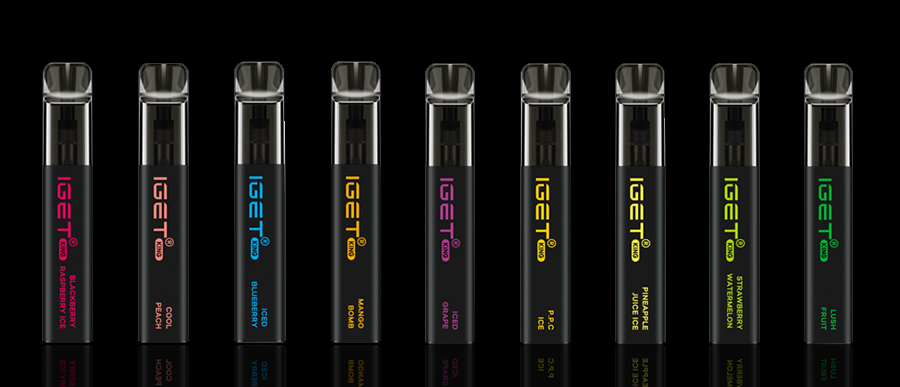Meconopsis poppy seeds grow plants that are one of the best herbaceous plants to have in the garden. Relatively simple and easy to look after, they provide a vibrant splash of color to liven up even the dullest of flower borders. And while the beautiful annual varieties only last one season, the attraction of perennial poppies is that they will provide beautiful blooms year after year with very little Iget Vape. Commonly known as the Himalayan poppy, Meconopsis plants are fantastic for gardeners who want to add a little spice to cool, shady areas of their gardens. Grown in large groups they give fantastic show of color, ranging from blues and purples, to yellows and whites. And planted in conditions similar to their alpine origins, will happily thrive in shady, sheltered garden areas needing a lift.
Best sown as soon as the seeds pods are ripe, or in the fall and spring if buying poppy seeds, Meconopsis should be germinated in peat pots due to their specific requirements. Seeds require humus rich seed compost, and should be sown sparingly on the surface. Cover with a thin layer of compost as Meconopsis poppy seeds need light to start the germination process. Due to their moisture loving nature it is also vital that the compost is kept damp, and this should be maintained when the seedlings start to appear. Meanwhile, with young plants particularly prone to damping off, pots should be placed in well ventilated areas and preferably watered with tap water to keep fungi contamination risks as low as possible. In addition, those seeds sown in the fall should be protected from the winter cold with a covering of straw or in greenhouses or cold frames during their first growing season.
Once plants have established themselves, and have grown into healthy individuals, they can be planted out in their desired location. This should be a sheltered and partially shady spot, as near to their natural growing conditions as possible. An area dappled with tree shade, or a flower bed that doesn’t receive direct midday sunlight is ideal. Care must be taken to ensure that plants have the appropriate soil type, consisting of a well drained yet moist and leafy medium. A neutral or slightly acidic soil is also vital to provide poppies with the best opportunity to flower and thrive. Meanwhile, it is also advisable for gardeners to remove the flower buds of plants in their first year, preventing them from setting seed. This helps individual specimens develop a strong root system to support growth for years to come. If flowers are left, some may find that their perennial poppy takes on annual characteristics and dies after seeding.
With flower stalks reaching between three and four feet tall for some varieties of Meconopsis, established and happy plants will put on a show for several months. Herbaceous in nature, plants will naturally die down over the colder months of the year, remerging from the soil when the first warmth of spring starts to occur. Care should be taken to ensure that the plants are kept moist and shady throughout the year, providing them with the best setting for giving a stunning show. Elsewhere, foliage and flower stems should be removed to ground level at the end of the season when leaves begin to fade.
Providing the appropriate care and attention is given to the placement and soil type for Meconopsis poppies, there is no reason that these wonderful plants will not flourish. And by incorporating perennial poppies into an outside oasis, gardeners can ensure delicate and beautiful blooms from their Meconopsis poppy seeds for years to come.



